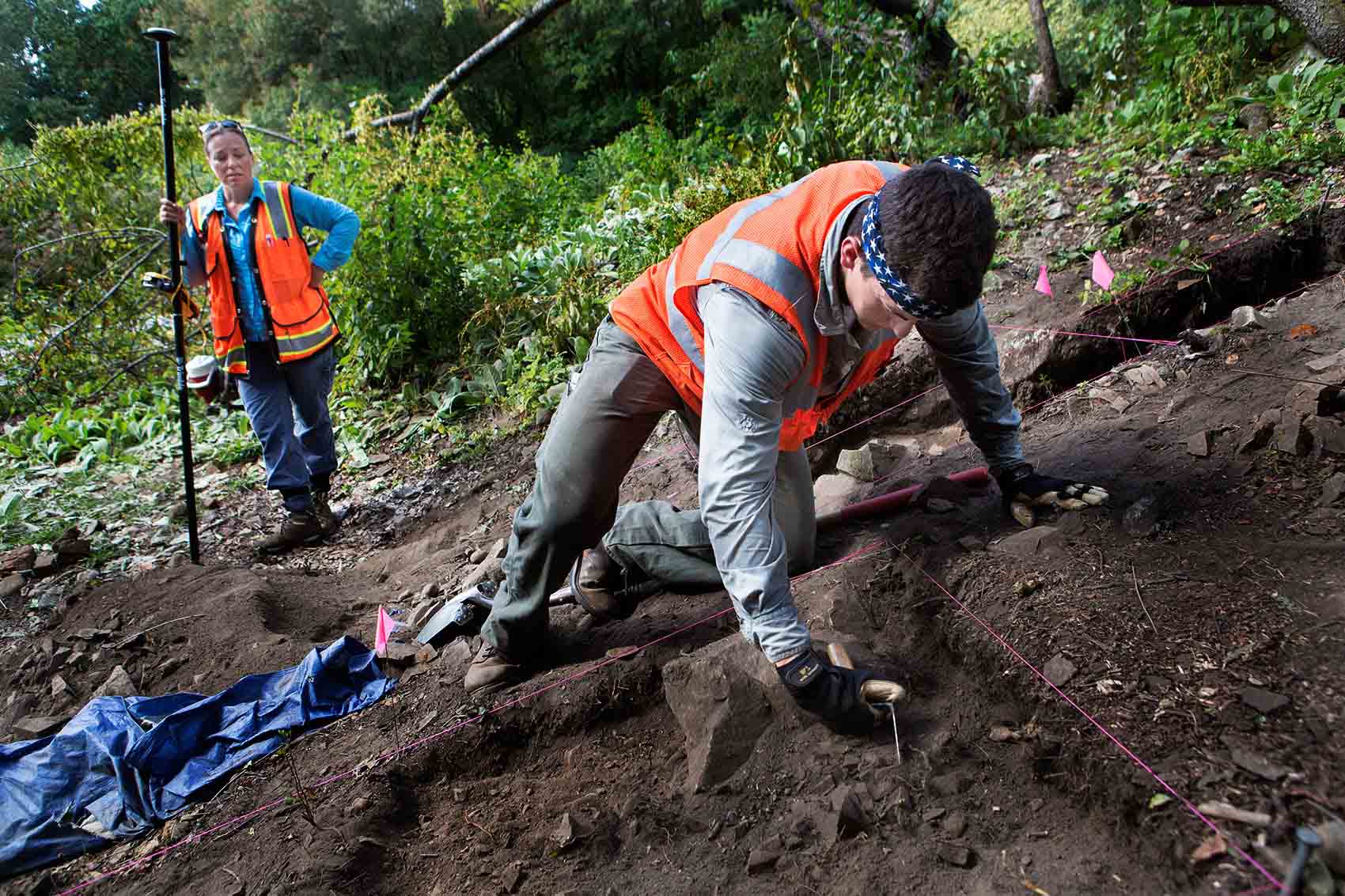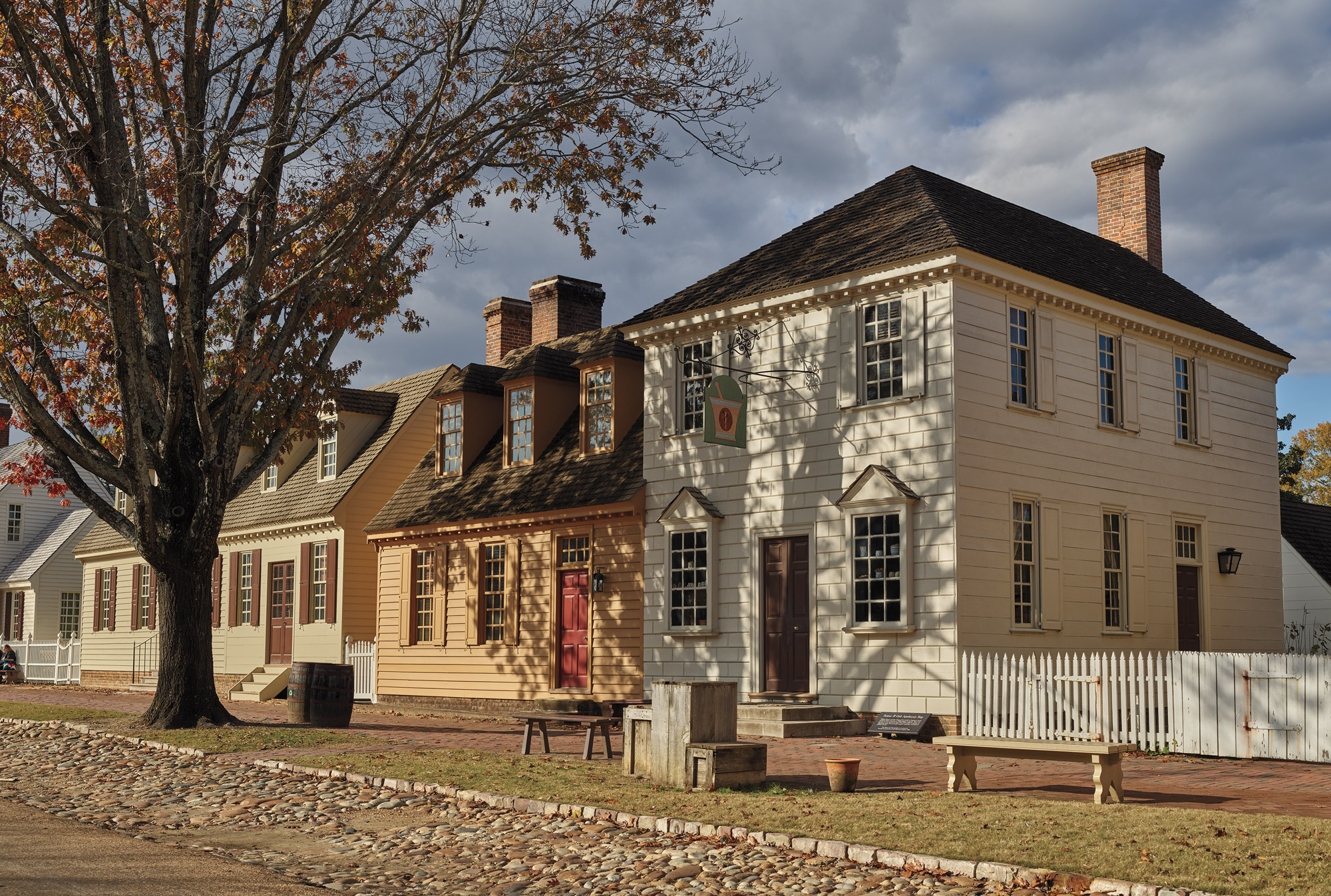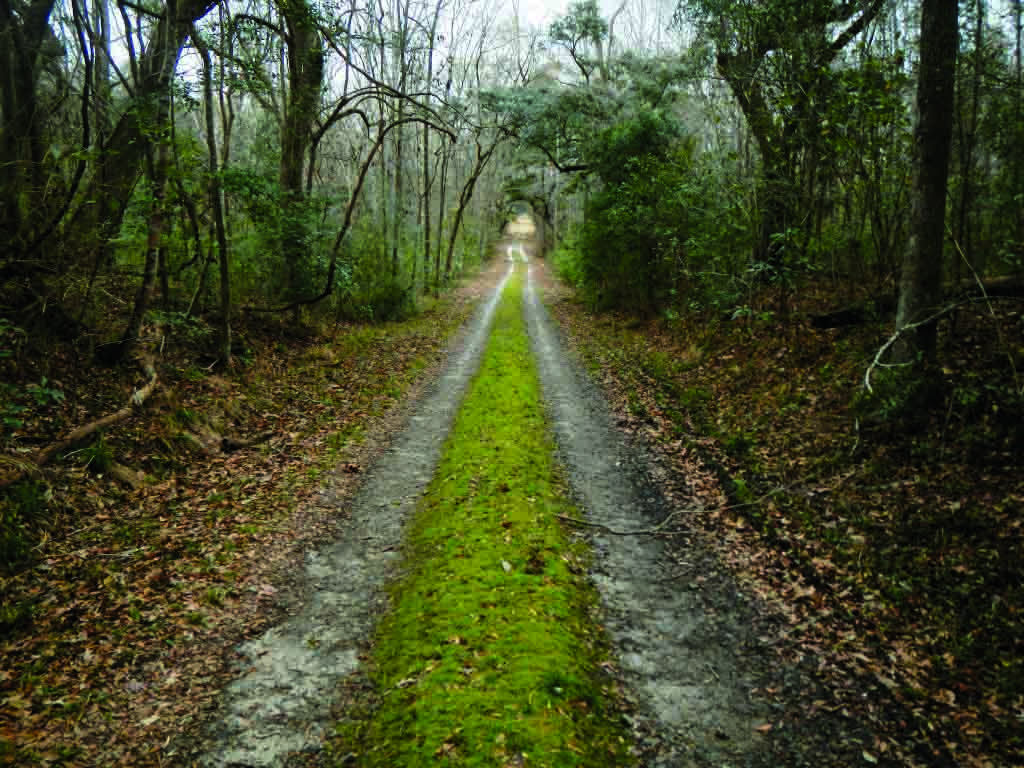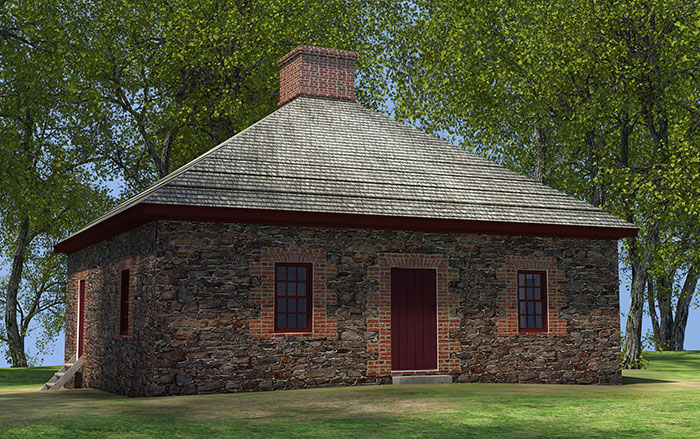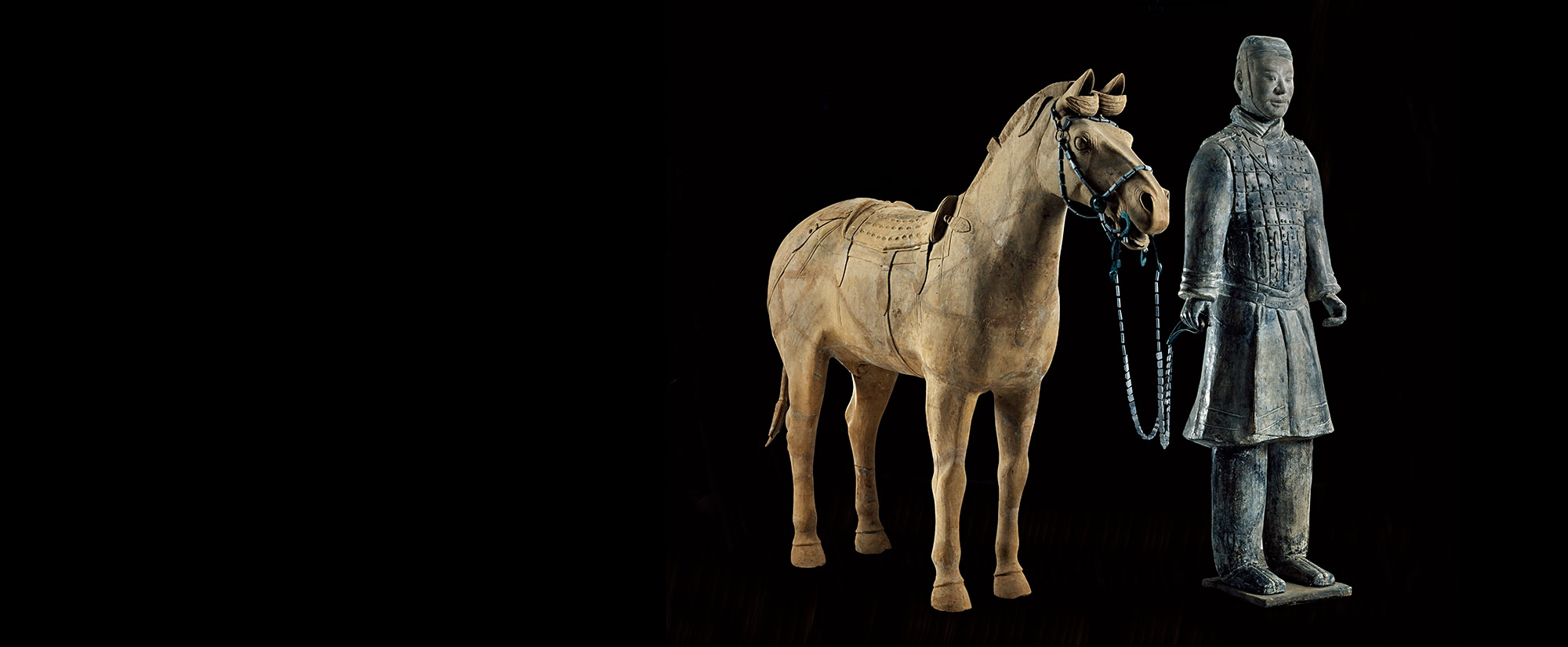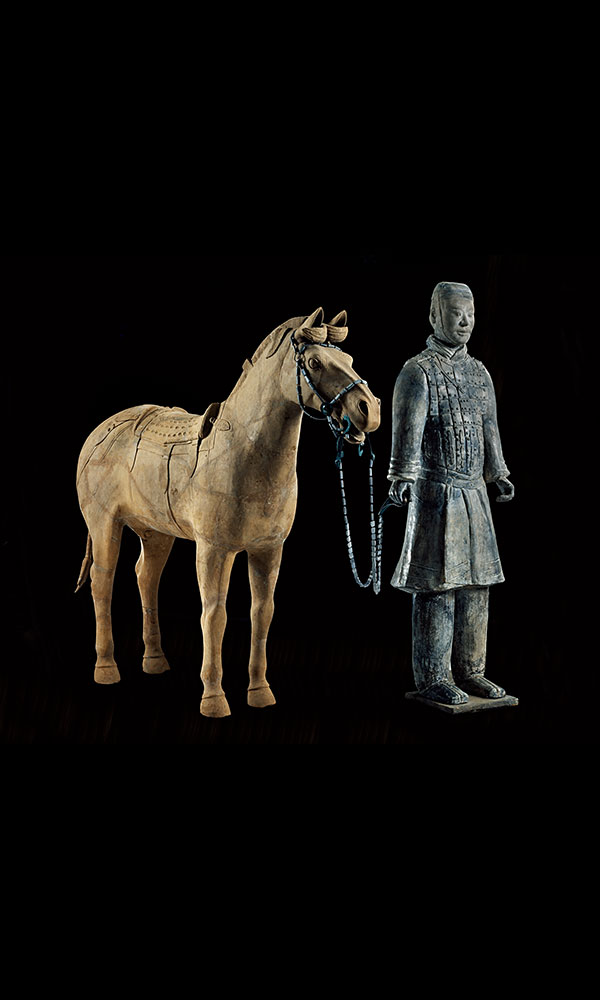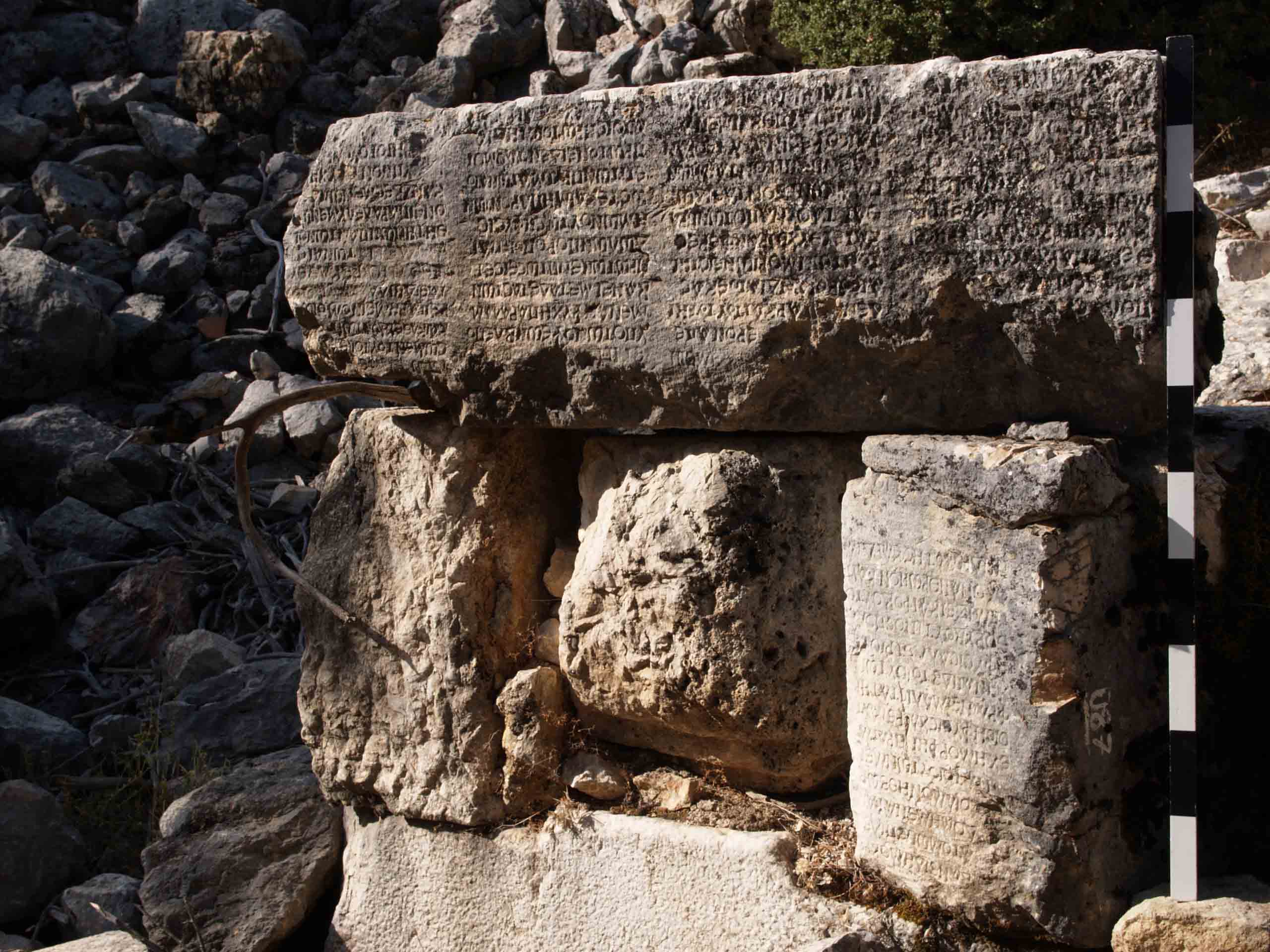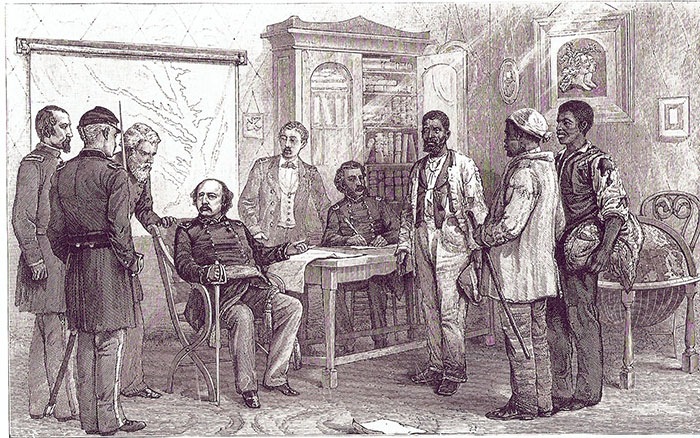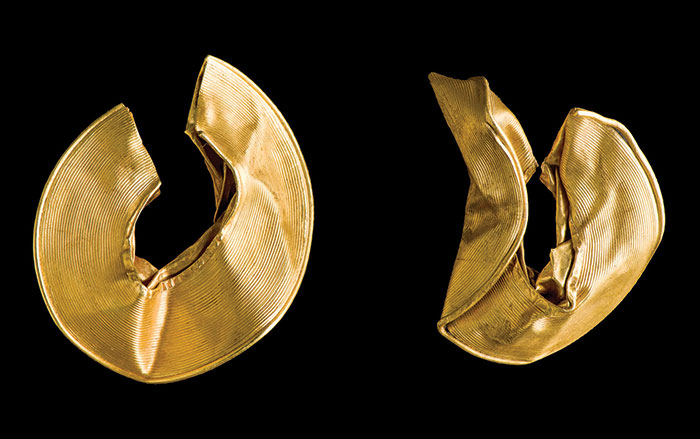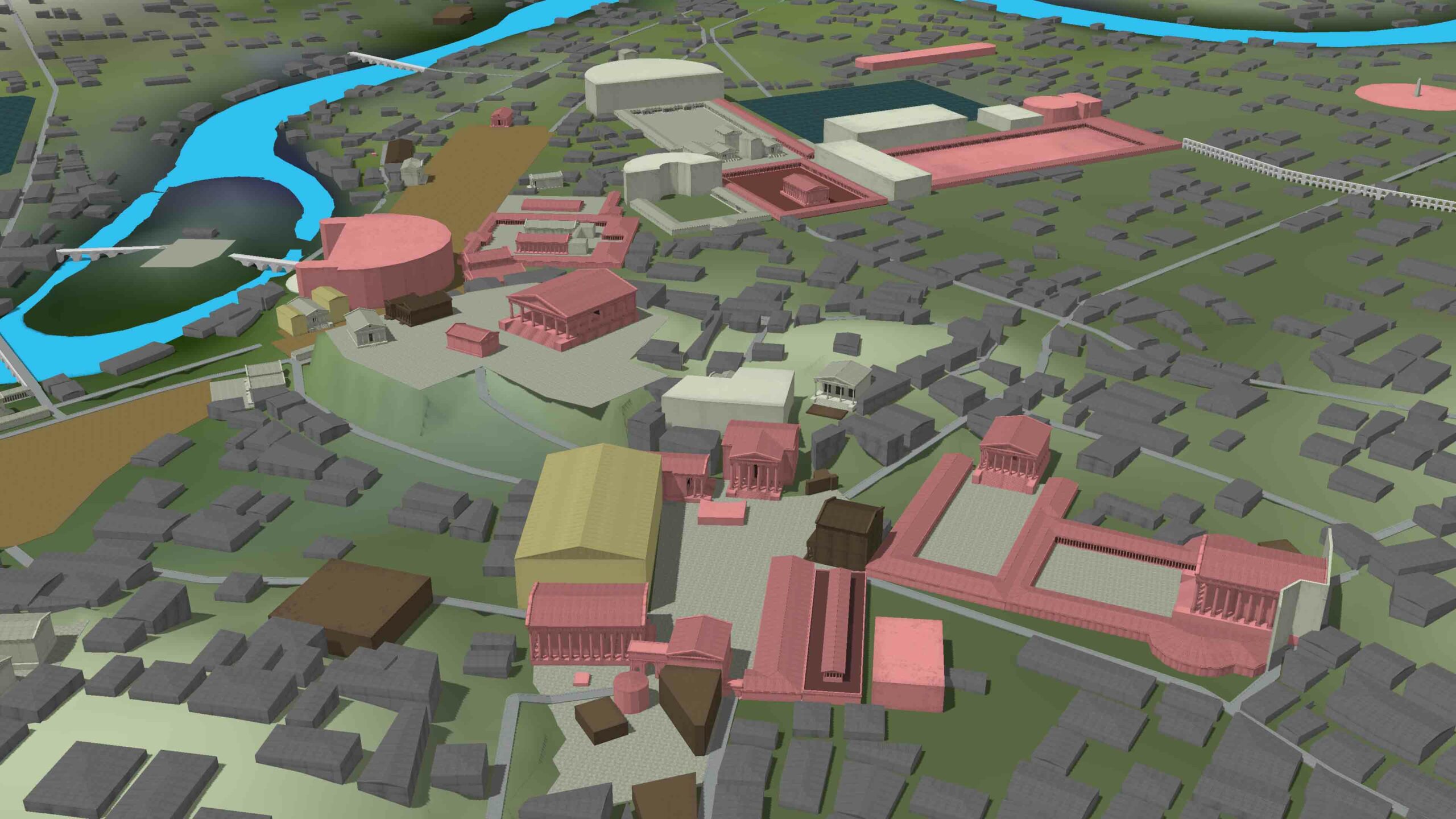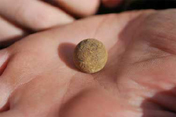
CONCORD, MASSACHUSETTS—Researchers from the Parker’s Revenge Project are reconstructing the battle that took place on April 19, 1775, when the Lexington militia led by Captain John Parker laid down heavy fire on British soldiers marching from Concord to Boston. The site is part of what is now Minute Man National Historical Park. So far, the team has found a small cluster of battle-related artifacts all within 80 yards of each other. “What we have found to date is very significant. Due to the location and special patterning of the musket balls recovered, we now know the exact place where individuals were standing during the battle, allowing us to begin to paint a much clearer picture about what happened that day,” project archaeologist Meg Watters said in a press release. The team, with the support of the Friends of Minute Man National Park, will continue the high-tech survey of the 44-acre battlefield. “It is extremely gratifying to be able to use modern technology to reveal this history and heroism,” added Bob Morris, president of the Friends of Minute Man National Park. To read more about historical archaeology in the United States, go to "New York's Original Seaport."


